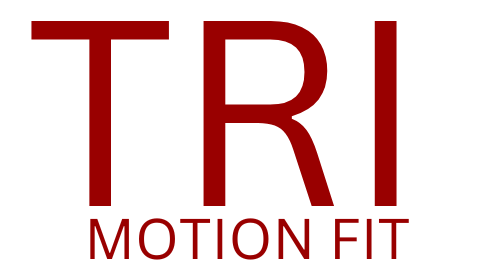For seniors, maintaining an active lifestyle is a very important part of overall health and well-being. Engaging in activities like running and jogging can significantly improve cardiovascular health, mental clarity, and provide refreshment throughout the day. However, starting running and jogging as a senior requires careful planning, including considerations for safety gear, a starting plan, body condition, potential injury, recovery processes, pre and post-nutrition, and more. In this session, we will discuss proper guidelines for running and jogging for seniors.
Getting Started:
Before beginning any new exercise regimen, it’s essential to understand your health condition clearly. If you have any concerns, consulting with a healthcare provider is advisable. Once you receive clearance to start new exercises like running and jogging, you’re ready to embark on the journey to improve your fitness and vitality.
Start Slow:
For seniors, especially those new to running and jogging, it’s crucial to start slowly and steadily to build up energy and stamina over time. Begin with slow walking to warm up your muscles, gradually increasing intensity for running or jogging. Aim for at least 10-15 minutes of walking to warm up your body, gradually increasing your fitness level. During this initial stage, it’s recommended not to push yourself too hard.
As you become more comfortable and feel better during walking, you can start incorporating short periods of jogging or running. Start with only 30 seconds to 1 minute of running or jogging, then return to walking. For example, after 10-15 minutes of walking, include a maximum of 1 minute of running or jogging. Repeat this process 2-3 times a day if your body supports it. This curriculum will help increase your stamina gradually.
Set Realistic Goals:
Setting realistic, specific, and measurable goals is essential for staying motivated and tracking initial progress in running and jogging. Having a specific goal in mind makes it easier to stay focused. It’s crucial to align your goals with your health condition. If your body cannot handle a 5k run or jog, start with smaller, more manageable goals. Achieving these smaller goals will boost your energy levels and motivate you to take on bigger challenges.
Right Footwear and Braces:
Investing in quality footwear is essential for running and jogging comfortably while reducing the risk of injury and pain. Selecting the right running shoes is crucial, and knowing your foot size is important to avoid issues like blisters and bunions. It’s recommended to visit our shop by clicking here to see our suggestions for the best choice of shoes.
Right Surface:
Seniors should be cautious about where they run or jog. Avoid running on hard or moist surfaces, as they can increase the risk of knee pain and injury. Instead, opt for flat ground roads or playing grounds, which are more ideal surfaces for running.
Focus on Form:
Maintaining proper running form is essential for maximizing efficiency and minimizing the risk of injury. Seniors should focus on key aspects for a better running experience:
- Posture: Stand tall with your head up, shoulders relaxed, and arms swinging naturally at your sides.
- Foot Strike: Aim to land softly on the middle of your foot with each step to distribute impact forces evenly and reduce the risk of injuries.
- Cadence: Strive for a moderate cadence of around 170-180 steps per minute to optimize running efficiency and reduce overstriding.
- Breathing: Focus on rhythmic, controlled breathing to maintain a steady flow of oxygen to your muscles and prevent fatigue.
Strength Training:
Strength training is essential for all, including seniors, as it helps boost running performance and reduce the risk of injury. Incorporate exercises targeting different muscle groups to increase stability, which is crucial for running and jogging. Some effective strength training exercises include squats, lunges, calf raises, and plank holds. Click here to learn the proper guidelines for performing these strength training exercises.
Listen to Your Body:
As we age, it’s crucial to pay attention to signals like fatigue, pain, or discomfort. Pushing through pain or discomfort can lead to injury and setbacks in training progress. When you experience any such discomfort, it’s essential to stop and address the issue. Taking one or two days of rest each week to adjust your workload is also important for strength and refreshment.
Stay Hydrated and Fuel Your Body:
Proper hydration and nutrition are essential for supporting running and jogging efforts and overall health. Seniors should drink plenty of water throughout the day, but avoid drinking large amounts immediately before or after workouts, as it can lead to discomfort. Instead, consume a variety of vegetables, healthy fats, fruits, dried fruits, and juices before or after exercise to maximize results. If you’re unable to prepare these, click here to order organic mixed dried fruit healthy juice, which can boost performance and recovery.
Running and jogging serve as ultimate physical, mental, and emotional trainers in life. However, achieving the best results is not a one-day process; consistency and listening to your body signals are crucial. Happy Running and Jogging, Seniors!




